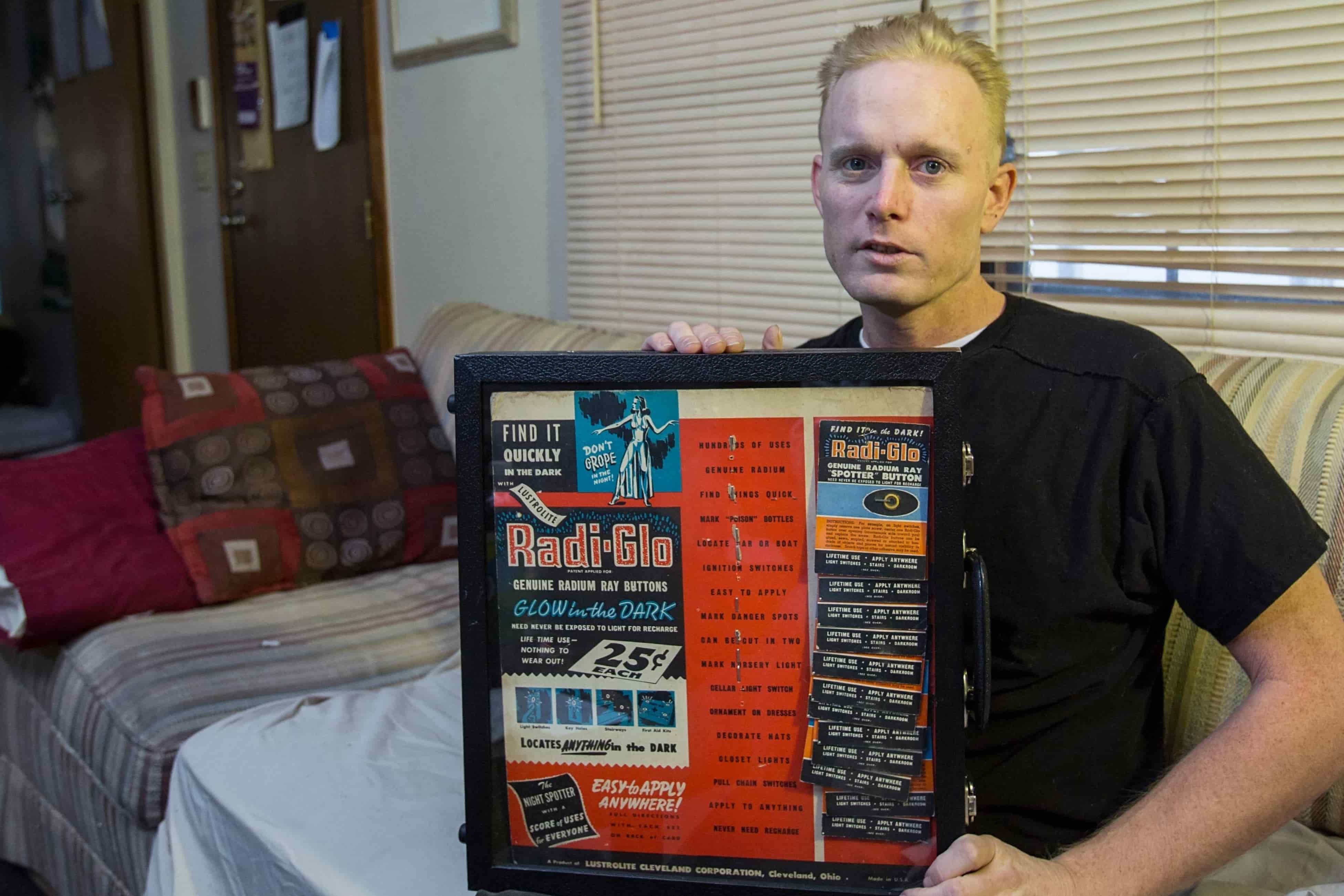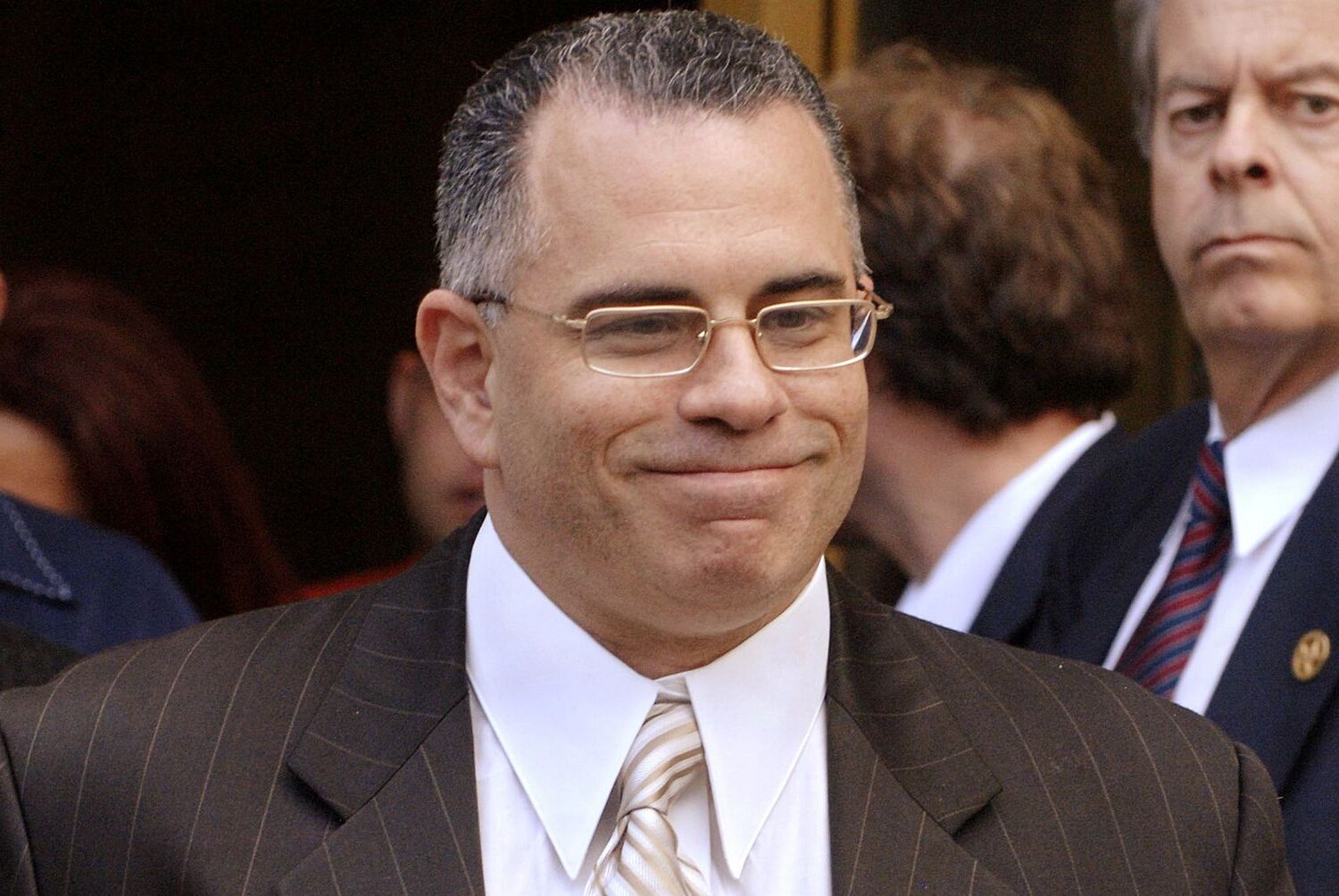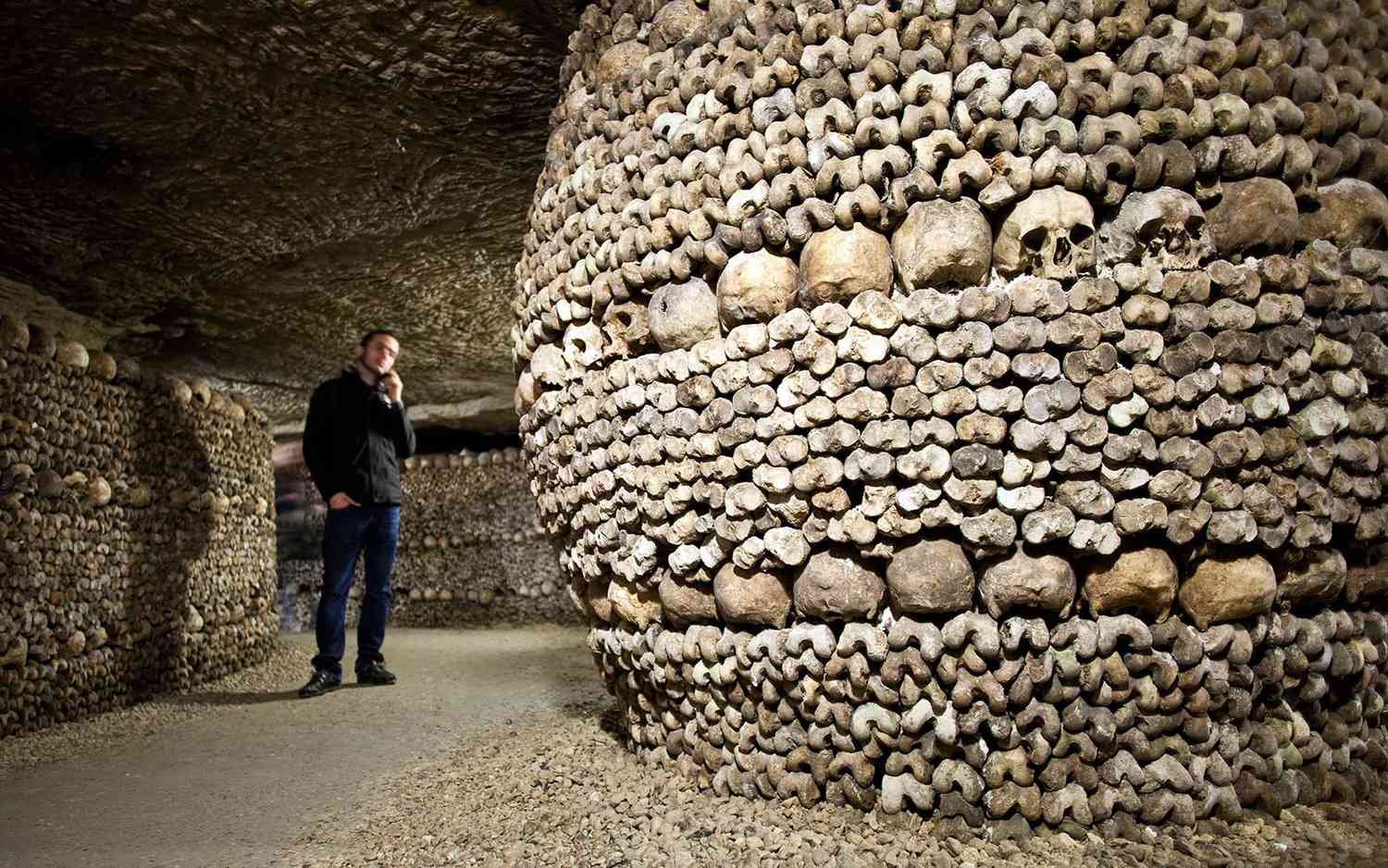
Who was David Hahn, and why is he known as the "Radioactive Boy Scout"? David Charles Hahn, born on October 30, 1976, in Royal Oak, Michigan, was an American who gained notoriety for his dangerous and ambitious experiments with nuclear radiation. From a young age, Hahn's fascination with science and chemistry led him to conduct risky experiments, culminating in his attempt to build a homemade nuclear reactor at just 17. His efforts, driven by a desire to earn a Boy Scout merit badge in Atomic Energy, resulted in significant safety concerns and intervention by federal authorities. Hahn's story is a cautionary tale about the perils of unchecked scientific curiosity and the importance of proper guidance.
Key Takeaways:
- David Hahn, the "Radioactive Boy Scout," led a fascinating yet cautionary life, marked by scientific curiosity, legal troubles, and mental health struggles, leaving a lasting impact on the community and scientific community.
- Despite his troubled life, David Hahn's story serves as a cautionary tale about the dangers of unchecked scientific curiosity, leaving a lasting impression on popular culture through books, documentaries, and podcasts.
Early Life and Family Background
David Charles Hahn, known as the "Radioactive Boy Scout," was born on October 30, 1976, in Royal Oak, Michigan. His early life was marked by a mix of curiosity and challenges.
- David Hahn was born to Kenneth Hahn, a mechanical engineer, and Patty Hahn, who struggled with alcoholism, depression, and schizophrenia.
- His parents divorced when he was nine, and his father gained custody.
- After his father remarried, David had a stepmother, Kathy Missig, and a stepsister, Kristina.
Influences and Early Interests
David's fascination with science and chemistry began at a young age, fueled by influential figures and resources.
- His stepgrandfather, John Sims, gave him "The Golden Book of Chemistry Experiments," which sparked his interest in chemistry.
- By age 10, David was conducting experiments, and by 12, he was reading his father’s college chemistry textbooks.
Boy Scouts and Atomic Energy
David's involvement in the Boy Scouts played a significant role in his scientific pursuits.
- He was an active member of the Boy Scouts of America.
- David worked towards earning a merit badge in Atomic Energy, which further fueled his interest in nuclear science.
The Homemade Neutron Source
David's most infamous project was his attempt to build a homemade nuclear reactor.
- At 17, he secretly built a breeder reactor in his mother’s potting shed.
- He used radioisotopes extracted from old dial clocks, gas lanterns, and smoke detectors to create a neutron source.
Discovery and EPA Intervention
David's experiments eventually caught the attention of authorities, leading to significant consequences.
- In August 1994, police discovered a toolbox containing radioactive materials in David’s car during a routine stop.
- The Environmental Protection Agency (EPA) conducted a search of Patty Hahn’s property on June 26, 1995.
- The site was cleaned up as a Superfund cleanup site due to the presence of radioactive materials.
Public Awareness and Media Coverage
David's story gained national attention, bringing his dangerous experiments into the spotlight.
- The incident gained significant attention after a 1998 article by journalist Ken Silverstein in Harper's Magazine.
- David attempted to promote a book and an upcoming film about his experiences as an adult.
Military Service and Mental Health
David's life took several turns, including military service and struggles with mental health.
- He served in the United States Navy and later in the United States Marine Corps.
- David was honorably discharged on medical grounds due to mental health issues, including depression and paranoid schizophrenia.
Legal Troubles and Later Life
David's later years were marked by legal issues and continued struggles.
- On April 23, 2007, the FBI received a lead regarding David’s alleged possession of a second neutron source in his freezer.
- He denied possessing radioactive material, but the FBI conducted an interview, revealing concerns about his mental state.
- David was arrested in 2007 for stealing smoke detectors containing radioactive materials.
- He pleaded guilty to attempted larceny of a building and was sentenced to 90 days in jail.
Personal Life and Relationships
David's personal life was deeply affected by his scientific pursuits and mental health struggles.
- After the incident, David struggled to find direction in life, enrolling in a metallurgy program at Macomb Community College but frequently skipping classes.
- His father and stepmother encouraged him to join the military, hoping it would provide stability.
- David’s breakup with his girlfriend and his mother’s suicide in early 1996 contributed to his depression.
Death and Legacy
David Hahn's life ended tragically, but his story continues to serve as a cautionary tale.
- David Hahn died on September 27, 2016, at the age of 39.
- His death was attributed to a combination of alcohol, diphenhydramine, and fentanyl.
- Despite his troubled life, David’s story remains a fascinating and cautionary tale about the dangers of unchecked scientific curiosity.
Impact on Community and Scientific Community
David's experiments had a lasting impact on his community and the scientific community.
- The EPA’s intervention ensured that the area was decontaminated, but it also left a lasting impact on the residents who lived nearby.
- The scientific community reacted with a mix of shock and concern, questioning how someone so young could access such dangerous materials.
Educational Background and Academic Struggles
David's academic performance did not match his scientific ambitions.
- Despite his scientific achievements, David struggled academically, receiving straight C’s and D’s in school.
- This lack of academic success further complicated his life as he struggled to find direction after the scandal.
Experiment Details and Radiation Risks
David's experiments involved significant risks due to the materials he used.
- He extracted radioisotopes from various sources, including old dial clocks, gas lanterns, and smoke detectors.
- The radiation levels emitted by David’s neutron source were significant enough to pose a risk to 40,000 people.
Legal Consequences and Mental Health Treatment
David faced legal consequences for his actions and received treatment for his mental health issues.
- He was arrested in 2007 for stealing smoke detectors containing radioactive materials.
- David received treatment for his mental health issues, including depression and paranoid schizophrenia.
Public Perception and Legacy in Popular Culture
David's story has left a lasting impression on the public and popular culture.
- His story has been featured in various media outlets, including books, documentaries, and podcasts, serving as a cautionary tale about the dangers of unchecked scientific curiosity.
The Legacy of David Hahn
David Hahn's story is a wild ride of curiosity, danger, and tragedy. His early fascination with science and chemistry led him to build a homemade nuclear reactor at just 17. This risky experiment caught the attention of authorities, resulting in a significant cleanup by the EPA. Despite his brilliance, Hahn struggled with mental health issues and faced legal troubles, including an arrest in 2007 for stealing smoke detectors. His time in the military offered some stability, but his mental health continued to decline. Hahn's life ended tragically at 39 due to a mix of substances. His story serves as a cautionary tale about the importance of proper guidance and safety in scientific pursuits. It also highlights the need for better regulation of radioactive materials to prevent similar incidents. Hahn's legacy remains a mix of fascination and horror, a reminder of the thin line between genius and recklessness.
Frequently Asked Questions
Was this page helpful?
Our commitment to delivering trustworthy and engaging content is at the heart of what we do. Each fact on our site is contributed by real users like you, bringing a wealth of diverse insights and information. To ensure the highest standards of accuracy and reliability, our dedicated editors meticulously review each submission. This process guarantees that the facts we share are not only fascinating but also credible. Trust in our commitment to quality and authenticity as you explore and learn with us.


